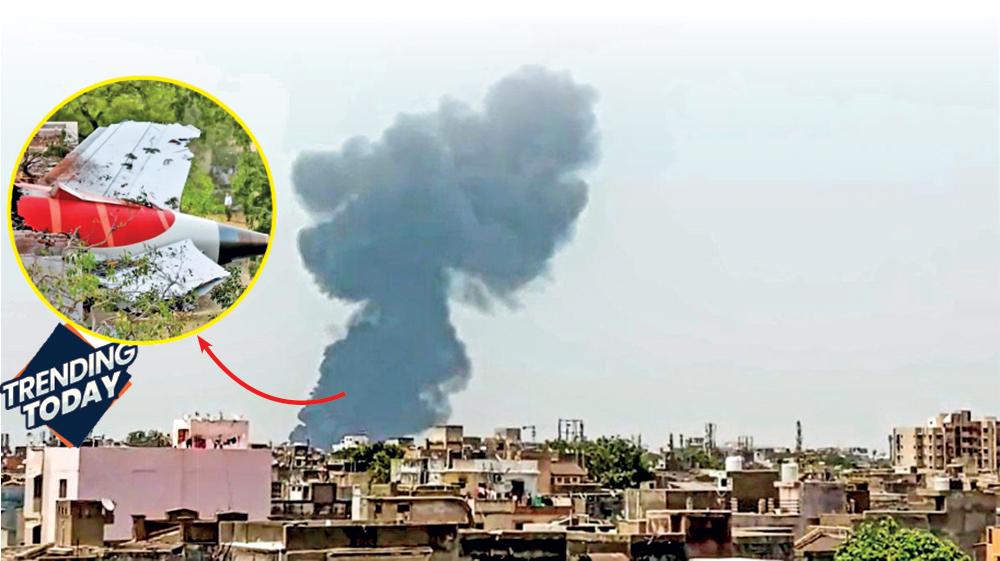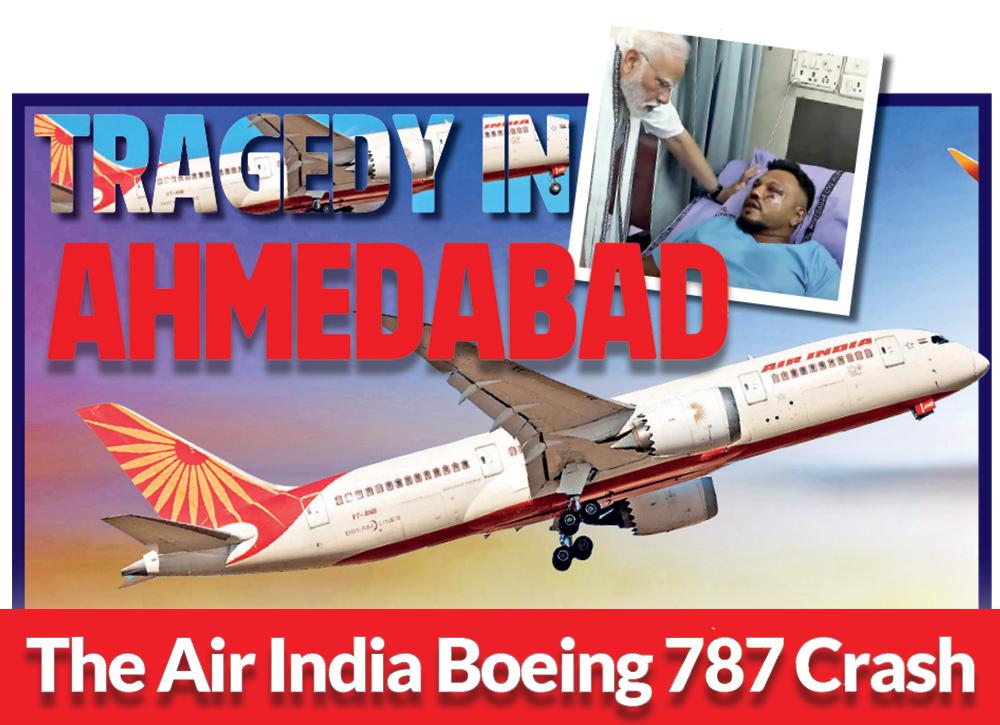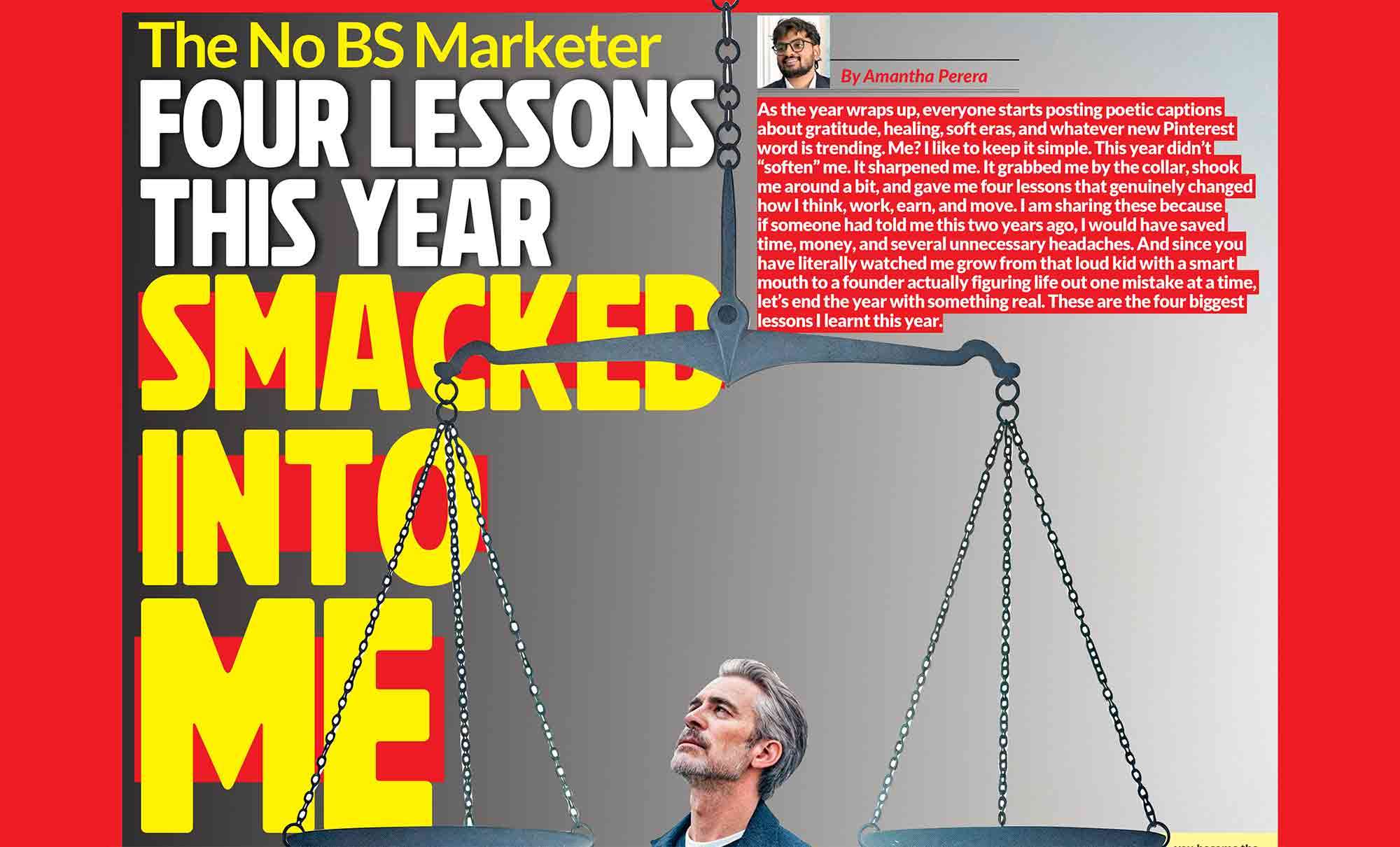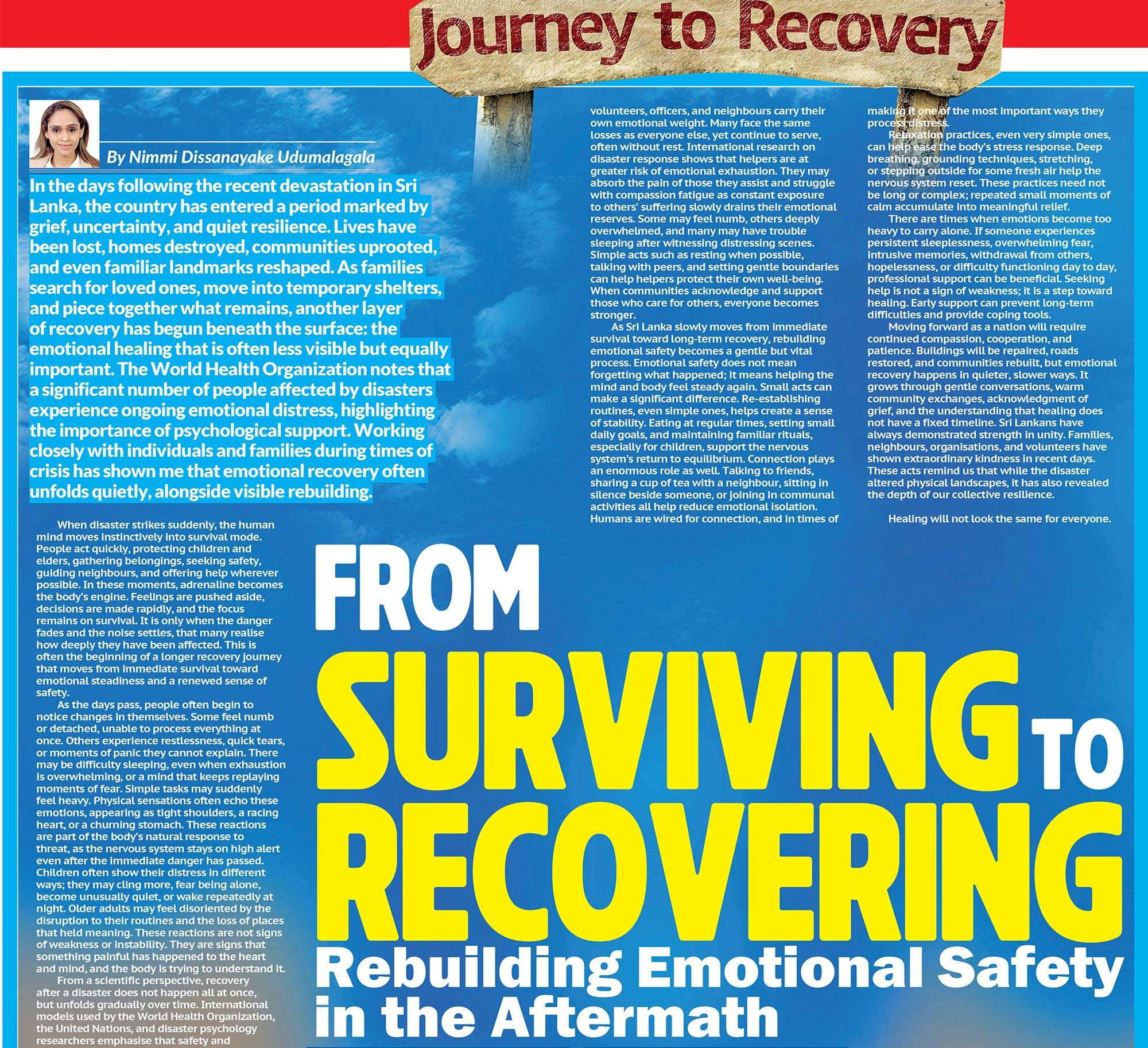On 12 June 2025, a devastating aviation disaster struck India when Air India Flight AI 171, a Boeing 787-8 Dreamliner, crashed shortly after takeoff from Ahmedabad’s Sardar Vallabhbhai Patel International Airport. The aircraft, bound for London Gatwick, was carrying 242 people on board, including 230 passengers and 12 crew members. In a horrifying sequence of events, the plane plunged into a hostel belonging to B.J. Medical College, located in the densely populated Meghaninagar neighborhood. The crash resulted in the deaths of 241 people on board and at least 29 individuals on the ground, making it one of India’s deadliest air disasters in the past decade.
A Harrowing Timeline
The flight took off at 13:39 IST, but within just 17 seconds, the aircraft began experiencing serious problems. CCTV footage captured the moment the plane briefly leveled off before its tail dipped and it rapidly lost altitude. Investigators later confirmed that the landing gear had remained extended, which may have contributed to the aircraft’s inability to climb properly. Eyewitnesses described seeing the plane struggling to gain height before it plummeted into the hostel, triggering a massive explosion on impact. Fortunately, there was no in-flight fire before the crash, but the impact caused devastating damage to both the aircraft and the hostel structure. The rescue effort that followed was immediate but heartbreaking. Emergency responders, police, and local volunteers worked frantically to retrieve bodies and assist the injured. The scene was one of utter devastation: the smell of jet fuel lingered in the air, debris was scattered across the crash site, and lunch trays from the aircraft were found embedded in the hostel walls. Ahmedabad airport was temporarily closed, and the full scale of the tragedy began to emerge over the next few hours.
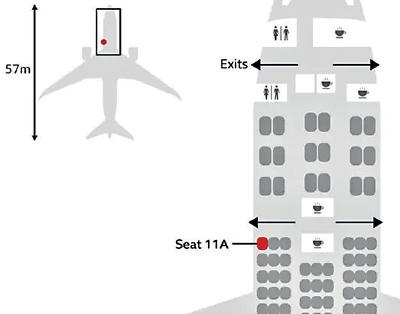 The Miracle of Seat 11A
The Miracle of Seat 11A
Among the overwhelming loss of life, one extraordinary survival story emerged. Viswashkumar Ramesh, a British Indian passenger seated in 11A, became the sole survivor of the crash. According to eyewitnesses and police reports, Ramesh miraculously escaped through a broken emergency exit moments before the aircraft made full impact. Though he suffered burns and multiple bruises, he managed to crawl away from the wreckage, where medics quickly came to his aid. His survival, widely described as “the miracle of seat 11A,” has captivated the nation and provided a rare glimmer of hope in an otherwise tragic event. Ramesh later recounted that he saw fellow passengers perish as he made his escape, an experience that left him emotionally shattered. His story has since become a powerful human-interest angle, highlighting both the brutality and the rare chances of survival in catastrophic air accidents.
Immediate National and Global Response
The tragedy prompted swift responses from both Indian and international leaders. Prime Minister Narendra Modi visited the crash site and met with Ramesh in hospital, expressing his deep sorrow and promising a thorough investigation.
Air India’s parent company, the Tata Group, which had privatized the airline in 2022, committed to full transparency during the investigation and pledged to support the families of both the passengers and the ground victims. Compensation arrangements were quickly announced, and emergency teams were dispatched to assist grieving families and assess damages at the crash site.
The Investigation: Key Focus Areas
Early investigations by India’s Directorate General of Civil Aviation (DGCA) and international agencies such as the Federal Aviation Administration (FAA) and the National Transportation Safety Board (NTSB) have focused on several critical technical factors. Preliminary evidence points to a possible significant reduction in engine thrust, which may have led to a stall soon after takeoff. The DGCA ordered immediate inspections of thrust and power systems across all Boeing 787-8 and 787-9 aircraft in India. Investigators are also scrutinizing the aircraft’s flap configuration. It is believed the flaps may not have been properly deployed during takeoff, severely limiting the lift generated by the wings. Some aviation experts, including YouTube pilot commentators, have suggested that the pilots may have accidentally retracted the flaps prematurely instead of the landing gear, a potentially fatal mistake.
Another troubling detail is that the landing gear remained extended throughout the flight, an abnormality that would have significantly impacted the aircraft’s aerodynamics and climb performance. Investigators are working to determine whether this was a mechanical fault or a procedural oversight by the flight crew. Authorities have ruled out a bird strike as the cause, and so far, there is no evidence pointing to sabotage or terrorism. The possibility of fuel contamination is still being explored. Importantly, the Flight Data Recorder (FDR) was recovered within 28 hours of the crash, but the Cockpit Voice Recorder (CVR) has yet to be found. These recorders will be essential in piecing together the final moments of the flight. India’s Civil Aviation Minister Ram Mohan Naidu has confirmed that the preliminary report will be made public within three months, though detailed findings may take longer.
Global Aviation Impact
The impact of the crash is not limited to India. Boeing, the aircraft manufacturer, has come under intense scrutiny, particularly because this marks the first fatal hull-loss accident involving a Boeing 787 Dreamliner since the model’s introduction in 2011. Boeing’s CEO canceled scheduled appearances at major airshows in the wake of the crash, and the company’s stock price dropped by approximately five percent following the incident. The FAA and NTSB have sent joint investigation teams to India and have been working alongside Air India and GE Aerospace, the engine manufacturer. Regulators worldwide, including those in Europe and North America, have issued advisories requiring comprehensive safety checks on Boeing 787 aircraft using GE engines. This crash has triggered a ripple effect in the global aviation industry. While the Boeing 787 has a strong safety record, this incident has raised new questions about pilot training, aircraft maintenance protocols, and emergency response readiness.
Human and Structural Losses
The human toll of the crash is immense. Among the victims were passengers from India, the United Kingdom, Portugal, and Canada, as well as well-known Indian public figures, including former Gujarat Chief Minister Vijay Rupani. On the ground, at least 33 people lost their lives, and dozens more sustained serious injuries. Several of the victims were medical students residing in the hostel that the aircraft struck. The devastation at the crash site was particularly harrowing. Rescue teams and survivors described scenes of chaos: personal belongings scattered across the area, metal fragments piercing building walls, and half-eaten in-flight meals still sitting in trays amid the rubble. Families spent hours, and in some cases days, searching for their missing loved ones.
Air India’s Ongoing Challenge
This disaster represents a significant challenge for Air India, which has been aggressively working to modernize its fleet and improve its safety record under Tata Group’s management. In recent years, the airline had been shedding its past reputation for outdated aircraft and maintenance lapses. However, this crash has reopened concerns about aircraft upkeep, flight crew competency, and pre-flight inspection protocols. India’s aviation history includes previous Air India-related crashes, such as the Mangalore runway overrun in 2010 and the Kozhikode runway incident in 2020, both of which raised serious concerns about safety procedures. While this latest accident appears to be primarily mechanical or procedural, the airline must now navigate a critical moment for both public confidence and international credibility.
What Happens Next?
The coming months will be pivotal for Air India and the aviation industry at large. The ongoing black box analysis will likely provide vital clues about engine performance, flap deployment, and pilot decision-making. The DGCA has enforced additional technical inspections on all Boeing 787s in India and is expected to review its oversight mechanisms as well. Globally, regulatory agencies may revisit 787 certification standards, possibly introducing tighter controls or revised training requirements for flight crews operating this aircraft type. For Boeing, the crash poses significant reputational risks, and the company will need to work closely with airlines and regulators to reinforce confidence in the 787’s safety.
A Story Beyond Numbers
While much of the attention will remain on technical investigations and regulatory actions, the deeper story lies in the human cost of the tragedy. The survival of Viswashkumar Ramesh offers a story of extraordinary luck and resilience amid devastation, while the lives lost, passengers, medical students, and local residents, serve as a sobering reminder of the stakes involved in air travel. For Air India, the tragedy underscores the delicate balance between ambition and responsibility. For Boeing and the aviation community, it is a moment to reflect on the relentless pursuit of innovation, safety, and the ethical imperative to ensure that such tragedies are as rare as possible.
As investigators work to uncover the exact sequence of failures that led to this catastrophic event, the world watches with heavy hearts, hoping that the painful lessons from Ahmedabad will lead to safer skies for all.
